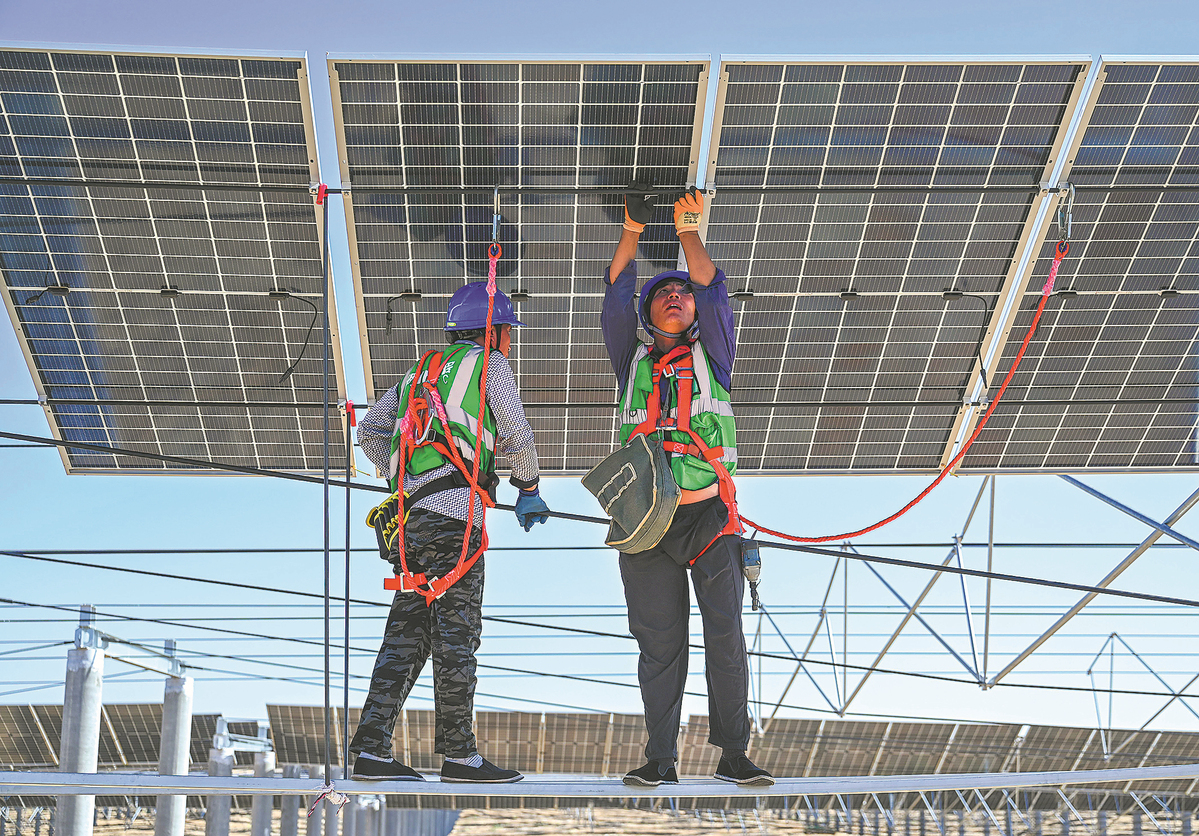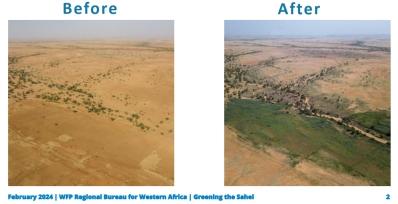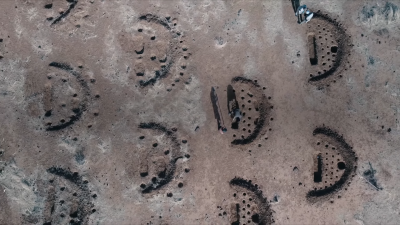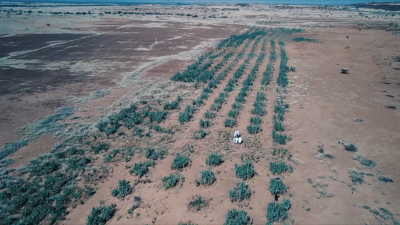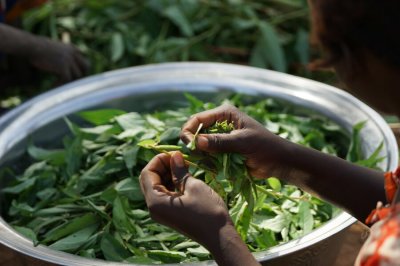Rudaw – Water wastage in Iraq at 60 percent, says… | Rudaw.net
ERBIL, Kurdistan Region – Iraqi President Abdul Latif Rashid on Sunday said that the rate of water wastage in drought-ridden Iraq stands at around 60 percent, as the country continues to be among the most vulnerable to climate change.
Rashid arrived in Erbil on Saturday to meet senior Kurdish officials and deliver a speech the following day at a conference in Erbil titled Drought and the Impact of “Climate Change on the Political, Economic, and Demographic Situation of Iraq,” attended by top Kurdish leaders such as President Nechirvan Barzani and Prime Minister Masrour Barzani.
“The rate of water wastage in Iraq has reached nearly 60 percent,” Rashid said. “Water, as we all know, is the biggest natural resource for life and development, and climate change is one of the biggest issues that not only Iraq, but all other nations are facing.”
Rashid, a former Iraqi water resources minister, criticized improper water management and the “usage of old systems for irrigation” as a primary factor behind the degree of water wastage in the country, lamenting that future generations are set to suffer if such issues are not tackled.
Farmers in Iraq and the Kurdistan Region primarily rely on traditional methods of irrigation, either through manually watering the plants, or setting up a hose system across the farm connected to a water source.
He also criticized the former Baathist regime of dictator Saddam Hussein for “waging war after war” which significantly worsened Iraq’s climate issues.
Iraq is the fifth most vulnerable to climate change, including water and food insecurity, according to the UN. It is facing a severe water shortage because of reduced precipitation, higher temperatures, and waste mismanagement.
Scorching temperatures exceeding 50 degrees Celsius were recorded in Iraq in 2023, coupled with water scarcity, desertification, and reduced rainfall.
During his speech, President Barzani warned of the severity of the climate crisis in Iraq, saying that the issue has “adverse implications” across the country.
“The ongoing effects of climate change have led to numerous threats, notably the escalation of desertification and the destruction of agricultural land. Data indicates that approximately hundreds of square kilometers of agricultural land in Iraq transforms into desert annually,” President Barzani said.
He stressed that Baghdad and Erbil need to act quickly “to develop immediate and long-term strategies to address the risks posed by climate change, adapt to its consequences, and prevent disasters.”
President Barzani also echoed Rashid’s remarks on the need to build dams in the Kurdistan Region and Iraq to collect water.
“The Kurdistan Region has abundant water resources. Special attention should be paid to dams and reservoirs both within the Kurdistan Region and across Iraq. It is important for the Iraqi federal government to support the Kurdistan Region in this area, as well as in initiatives for reforestation,” he said.
An “urgent and prolonged” plan to control climate change is more necessary in Iraq and the Kurdistan Region than other countries, President Barzani stressed.
Water shortage is one of the main challenges facing Iraq today. The World Resources Institute places it among 25 countries that face extreme water stress, meaning that it is using over 80 percent of its available supply of water and is at risk of running out of water in case of any short-term drought.
Droughts are more frequent and longer. Water reserves have decreased by half since 2022 due to a combination of drought, lack of rainfall, and declining river levels, according to the water ministry. The devastating effects of climate change are exacerbated by Turkish and Iranian dams upstream on shared rivers.
In February, the Kurdistan Regional Government (KRG) approved the formation of an office within the environmental board to address issues relating to climate change.
Last month, Baghdad signed a strategic water agreement with Ankara during Turkish President Recep Tayyip Erdogan’s visit to Iraq. Basem al-Awadi, spokesperson for the Iraqi government, told Rudaw at the time that the agreement would help resolve the water crisis in the country.


